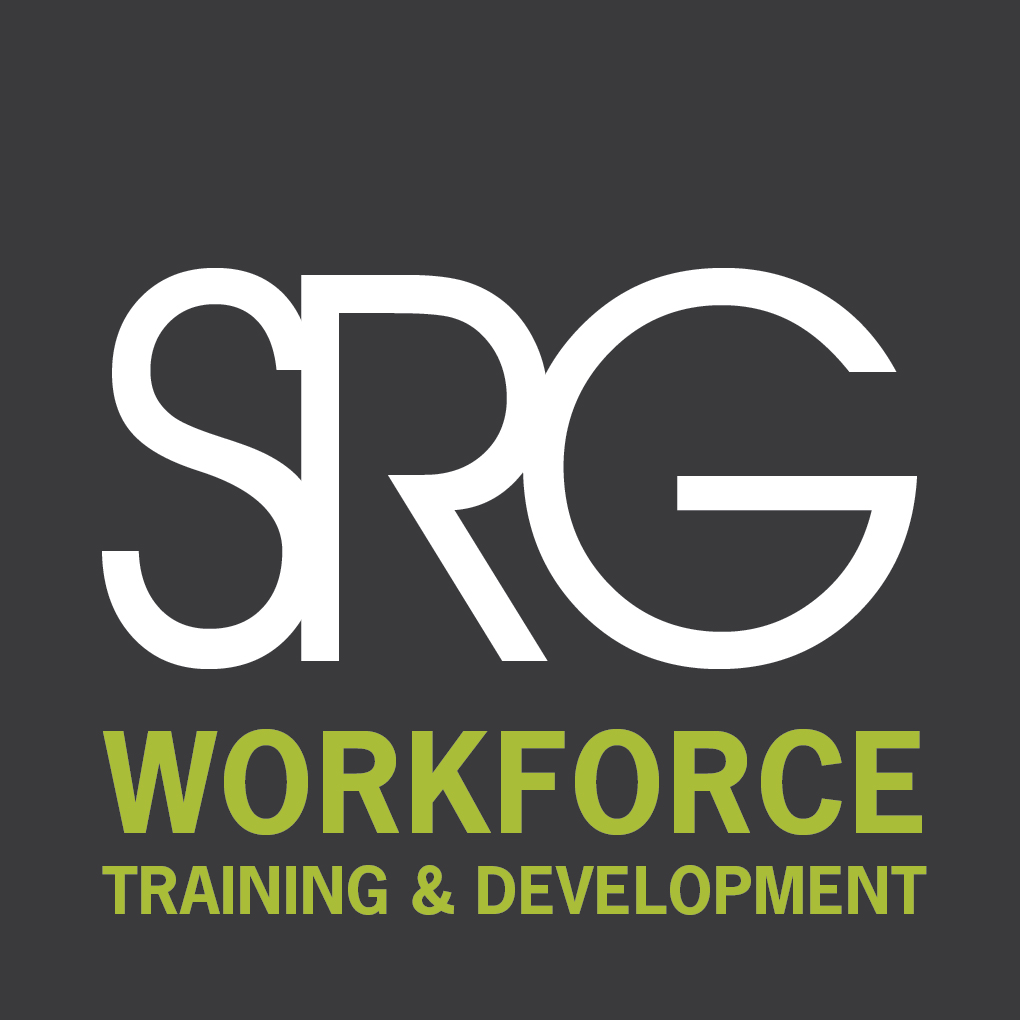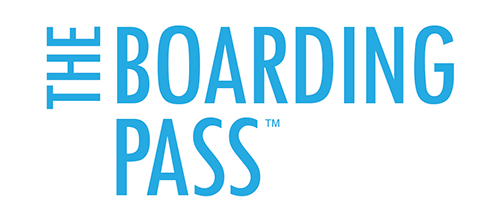
Welcome Aboard
How to keep new employees from jumping ship
by Virginia Johnson – Marketing & Creative Coordinator, SRG
Over the past few years, the new catch phrase for how to orient incoming employees has been ‘on-boarding’. But what does that really mean and why is it important?
On-boarding goes beyond a normal orientation. Orientation can range from one hour to a few days and includes things such as policies, procedures, company history, safety rules, and a tour of the facility. On-boarding occurs in the first 90 days of employment and it involves more than the common concepts taught to all employees. It delves into the actual job the new employee is starting and the information and tools they need to perform. On-boarding acclimates them to the environment and connects them to corporate strategy and company culture.
Staff turnover can be as high as 20%
in the first 45 days of a new job.
Research shows that most employees make the decision to stay with a company within six months and that it often takes 45 days to get a new employee fully up to par. Staff turnover can be as high as 20% within those first 45 days. A comprehensive on-boarding program can reduce turnover and engage employees. By creating a positive experience for an employee, you motivate them to do great work and add value to your organization.
The following is a checklist of items to include in your orientation and on-boarding process to equip your employees for the maximum performance in their positions:
- BEFORE THEY START
- Provide them with a welcome letter/package including offer, job description and a schedule of their first week’s training and orientation
- Set-up their work station including computer, phone, keys, passwords, business cards, etc
- DAY ONE
- Review job description and discuss duties, responsibilities and performance goals
- Sign any important paperwork
- Provide them with a tour of the facility
- Take them out to lunch on their first day (or set up their direct supervisor to do this
- Review company culture and history and how they fit into the organization
- Assign them to a ‘buddy’ or several mentors to assist in the training process
- Review products and services
- Provide them with a take-home package that includes policies and procedure for them to review, as well as a sample of physical products or an overview of services
- END OF WEEK ONE
- Review job description with them again and remind them of important policies and procedures
- Review any specific performance goals and how you can work together to achieve them
- FIRST SIXTY DAYS
- Have one-on-one weekly meetings with them to discuss performance goals and training needs
- AT NINETY DAYS
- Meet with them again to find out how things are progressing
- Review short and long term projects and their contributions
On-boarding is one of the most crucial elements in an employee’s development, but it is also one of the most neglected. A thorough program is a key factor in the successful development of an employee. Without a proper plan for bringing employees onboard, miscommunication, bad decisions, low morale and poor performance will follow.
Simple orientations that cover too much information in a very short period of time mean you have “missed a golden opportunity to begin creating a workforce capable of delivering world-class service” (Disney Institute). Treat them with the respect and attentiveness that you did while recruiting them, and in return they will become positive and contributing members of your team.


The Boarding Pass™ prepares all Team Members by conducting first day orientations and protocols at our location, prior to them arriving at your site. Team Members are ready to ‘hit the ground running’, allowing you to concentrate on core business activities and your Clients’ expectations.
For more information on SRG’s workforce training and development services, contact your local SRG office.

